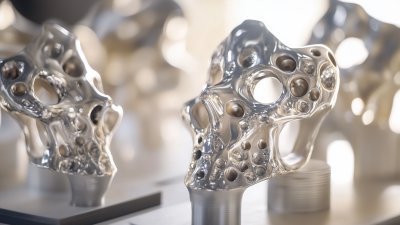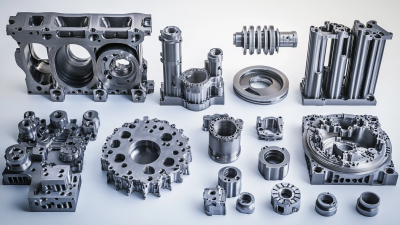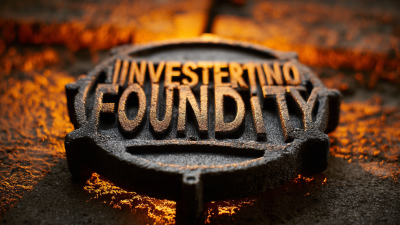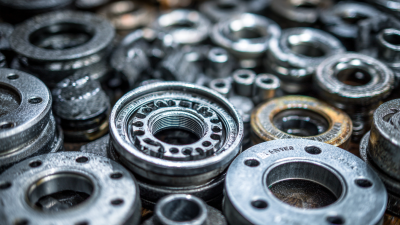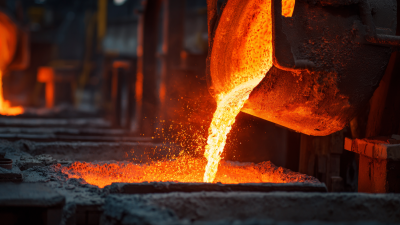In the intricate world of manufacturing, the Investment Casting Process stands out as a method revered for its precision and versatility. According to John Smith, a renowned expert in the field and author of several leading publications on casting techniques, "The success of any cast product hinges not just on its design, but predominantly on understanding the nuances of the Investment Casting Process." This methodology allows manufacturers to create complex geometries with exceptional surface finishes, making it indispensable in high-performance industries such as aerospace and automotive.
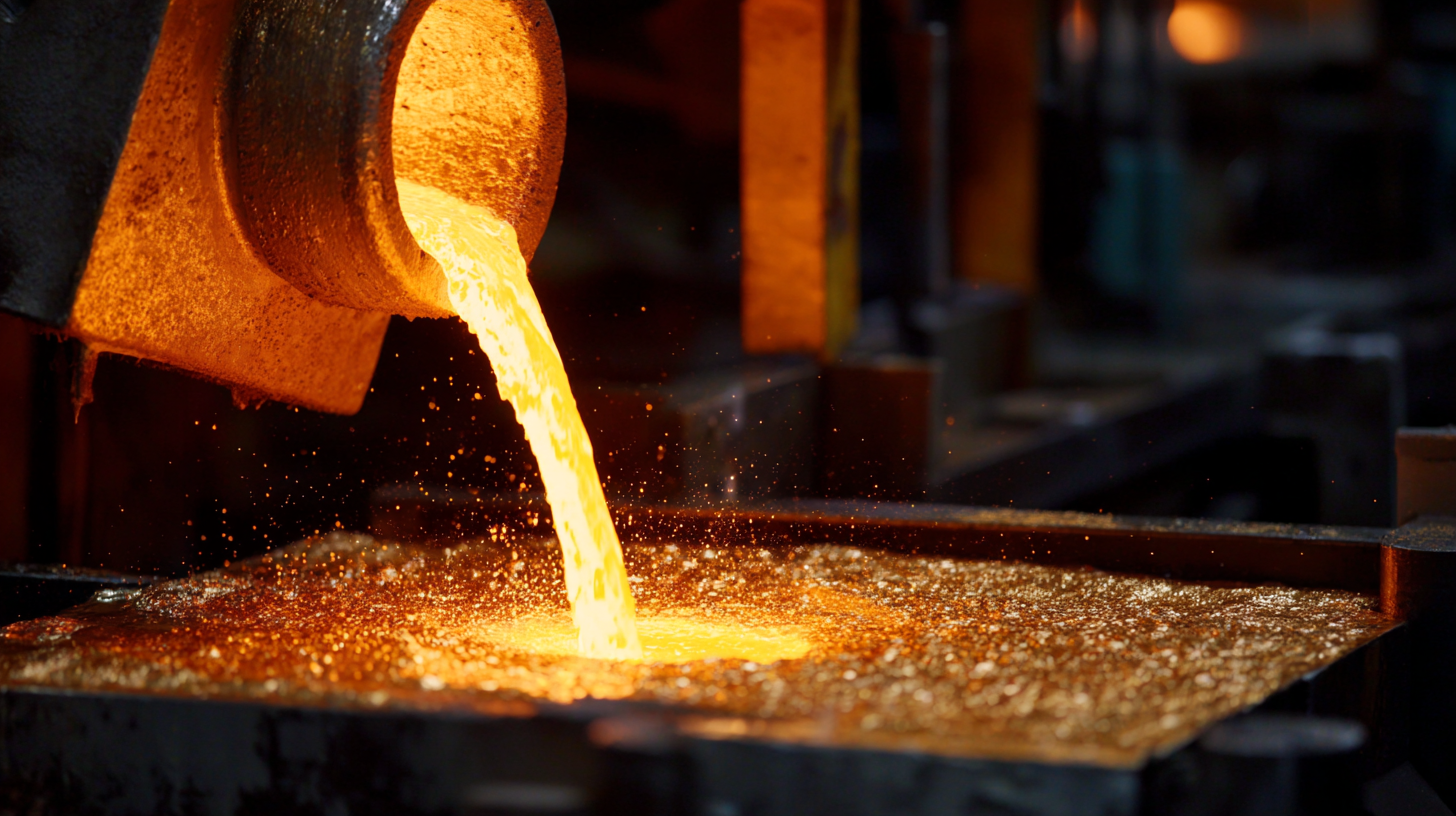
Navigating the Investment Casting Process requires a comprehensive grasp of its essential steps, from pattern creation to final machining. Each step plays a pivotal role in determining the quality and performance of the final product. As the industry continues to evolve and adopt advanced technologies, understanding these fundamental phases becomes crucial for manufacturers looking to maximize efficiency and output. With expert insights and actionable tips, this guide aims to illuminate the path through the Investment Casting Process, ensuring that manufacturers can achieve successful results and maintain a competitive edge in the marketplace.
Selecting the right materials is crucial for achieving success in the investment casting process. The choice of alloy significantly influences the quality, durability, and performance of the final product. Typically, materials such as stainless steel, aluminum, and various nickel-based superalloys are popular choices due to their excellent mechanical properties and resistance to corrosion. Each material presents unique characteristics that align with specific applications, making material selection an essential first step in the investment casting process.

Another critical criterion is the compatibility of the selected material with the investment casting technique. Factors such as melting temperature, fluidity, and solidification characteristics need careful consideration. For instance, materials with lower melting points may facilitate more intricate designs and reduce energy costs, while higher melting point alloys might be necessary for applications requiring extreme durability and heat resistance. Ultimately, a thorough understanding of both the material properties and the intended application is vital for ensuring a successful investment casting outcome.
Investment casting, a time-honored process, is pivotal in producing intricate metal components with remarkable accuracy. The creation of precise investment casting patterns is crucial for successful manufacturing outcomes. High-quality patterns facilitate smooth casting, reduce waste, and enhance the final product’s integrity. Selecting the right materials for pattern making, such as wax or thermoplastic, significantly influences the casting's durability and detail.
When creating investment casting patterns, it is essential to maintain temperature control throughout the process to ensure uniform melting and solidification. In addition, employing advanced techniques such as 3D printing for pattern fabrication can improve precision and reduce lead times.
Tips: To achieve the best results, consider using silicone molds for pattern duplication, which allow for greater detail and can be reused multiple times. Additionally, experimenting with various coating methods can enhance the surface finish of the castings. Lastly, ensure that the design adheres to best practices regarding draft angles and wall thickness to avoid defects during the casting process.
Mold design plays a pivotal role in the investment casting process, fundamentally influencing the quality and precision of the final product. According to a report from the Investment Casting Institute, optimal mold design can improve casting efficiency by up to 30% and reduce defects by as much as 50%. This is achieved through carefully planned mold geometry that accounts for metal flow, heat transfer, and shrinkage, ensuring that the molten metal fills the cavity uniformly and solidifies without flaws.
In addition, the materials used for mold fabrication—such as ceramics and metal alloys—must be carefully selected based on the specific casting requirements. A survey conducted by Casting Technology International indicates that advancements in mold materials have enabled manufacturers to achieve tolerances of ±0.5 mm in complex shapes, thereby expanding the capabilities of investment casting. By investing in state-of-the-art mold design and materials, manufacturers can ensure high-quality outputs that meet stringent industry standards, ultimately leading to greater customer satisfaction and lower production costs.
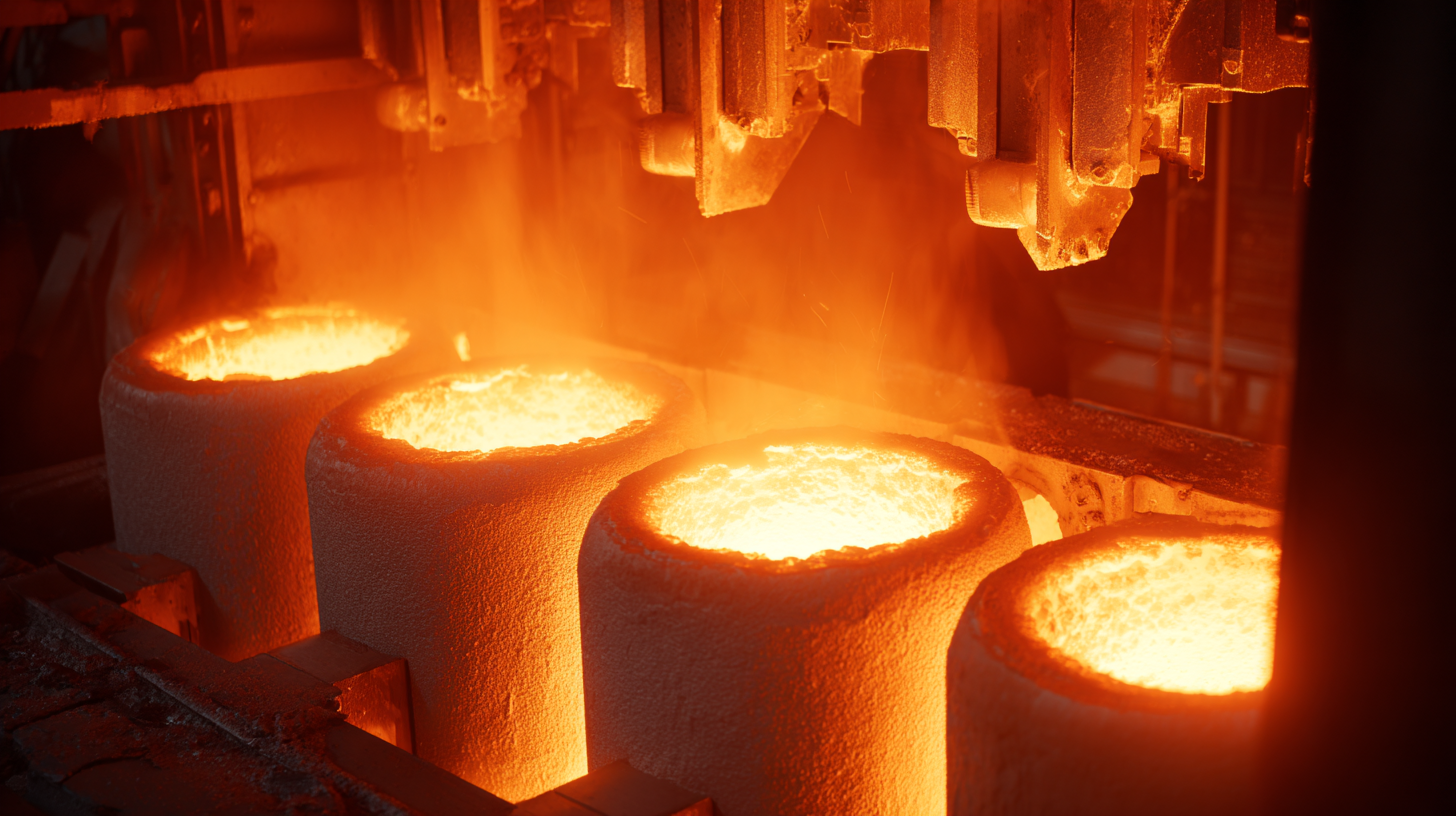 In the investment casting process, temperature control is crucial for achieving the desired properties and dimensions of the final product. Maintaining the right temperatures throughout various stages can significantly impact the fluidity of the metal, mold integrity, and the overall quality of the cast component. During the wax pattern melting and metal pouring phases, precise temperature regulation ensures that the wax is fully removed and that the molten metal fills every cavity within the mold without causing defects.
In the investment casting process, temperature control is crucial for achieving the desired properties and dimensions of the final product. Maintaining the right temperatures throughout various stages can significantly impact the fluidity of the metal, mold integrity, and the overall quality of the cast component. During the wax pattern melting and metal pouring phases, precise temperature regulation ensures that the wax is fully removed and that the molten metal fills every cavity within the mold without causing defects.
Tips: Always use calibrated thermocouples for accurate temperature readings. This helps identify any thermal anomalies early in the process. Furthermore, regular monitoring and adjustment of furnace settings can prevent overheating, which compromises mold strength and leads to undesirable outcomes.
Another aspect to consider is the cooling rate of the cast part. Rapid cooling can introduce stress and create defects like cracking or warping. Implementing controlled cooling strategies, such as using insulated or water-cooled setups, can facilitate a more uniform temperature decrease, promoting better material properties.
Tips: Design your cooling sequence thoughtfully by evaluating the specific alloy's characteristics. Preemptively planning the cooling environment can save time and resources while ensuring high-quality results in your investment casting projects.
Post-casting treatment methods play a crucial role in enhancing the performance and longevity of products manufactured through investment casting. Once the casting is completed, several processes can be employed to refine the physical and mechanical properties of the component. Techniques such as heat treatment, which includes processes like annealing or tempering, help to relieve internal stresses and improve strength. This step not only enhances toughness but can also tailor the material's hardness to meet specific application requirements.
Additionally, surface treatments, such as shot peening or coating, are utilized to improve corrosion resistance and surface finish. These methods help to mitigate wear and fatigue, ensuring that the final product can withstand demanding environments. Furthermore, processes like machining and finishing not only achieve precise dimensions but also augment the aesthetic qualities of the cast part, making it suitable for various industries. By implementing these post-casting treatment methods, manufacturers can significantly elevate the quality, performance, and lifespan of investment cast components, ultimately leading to greater customer satisfaction and reduced operational costs.
